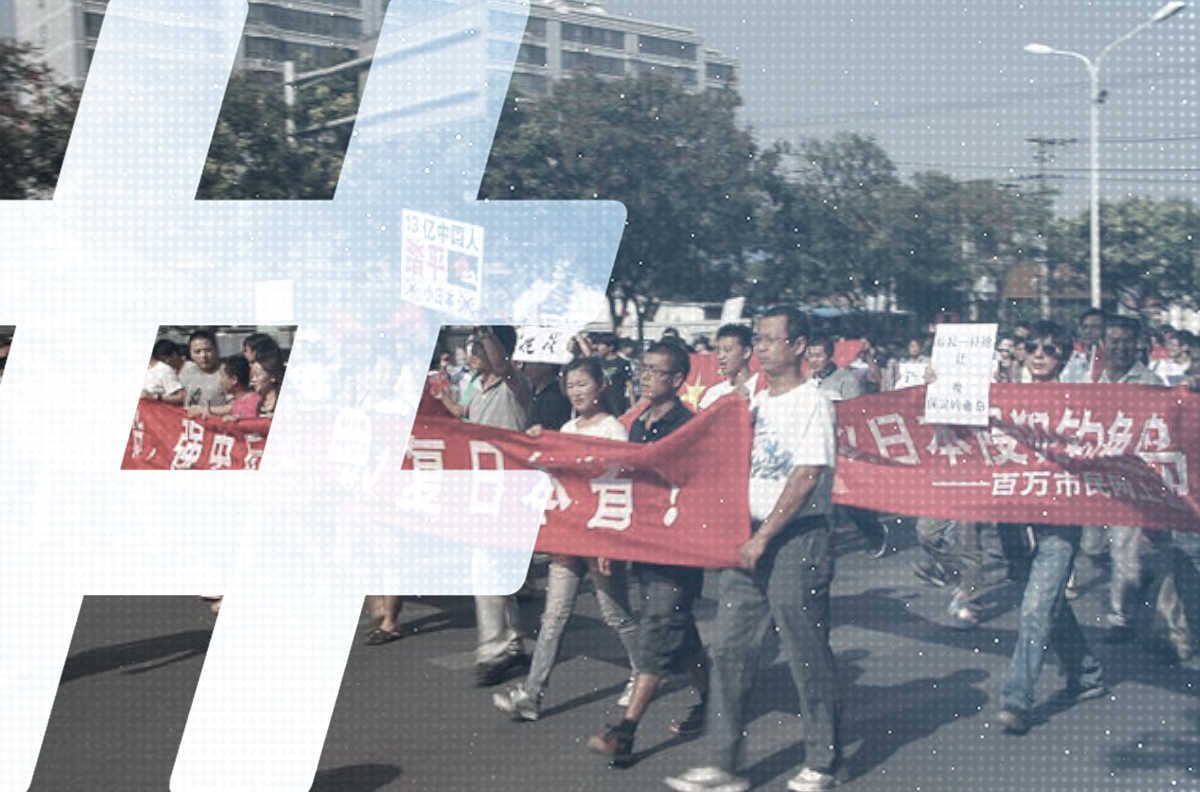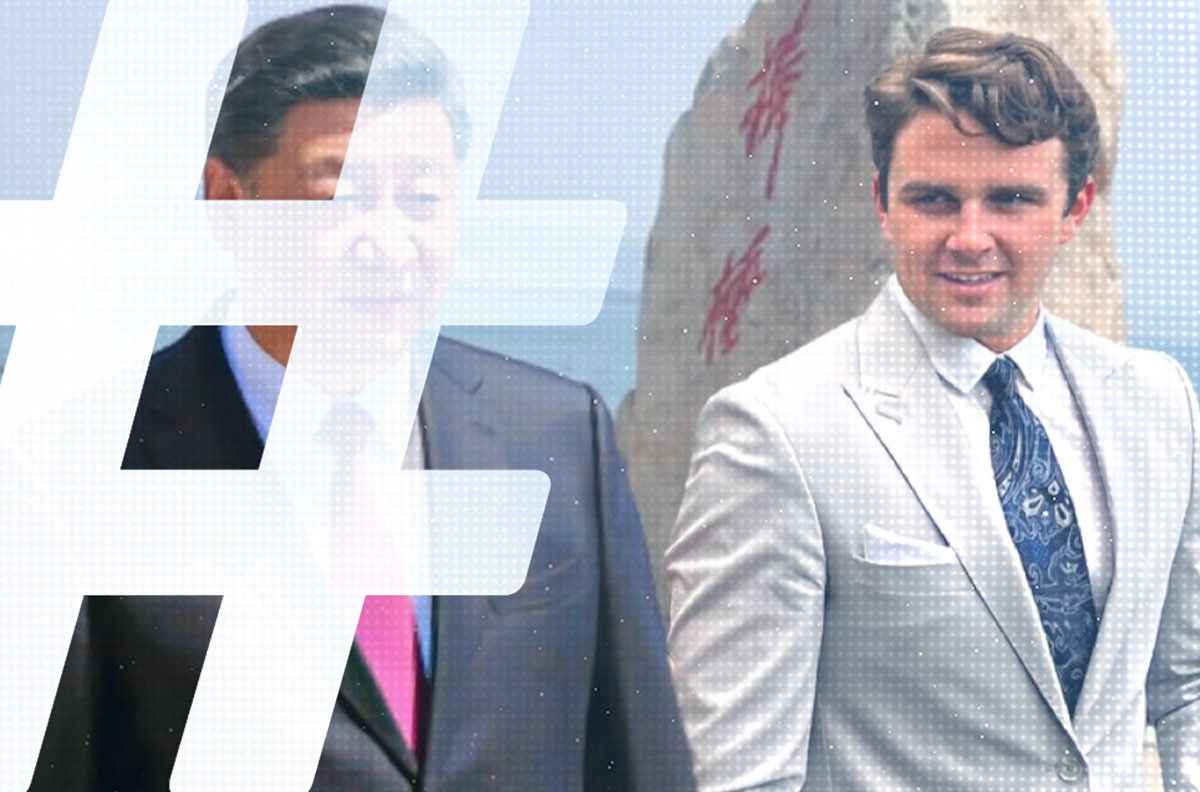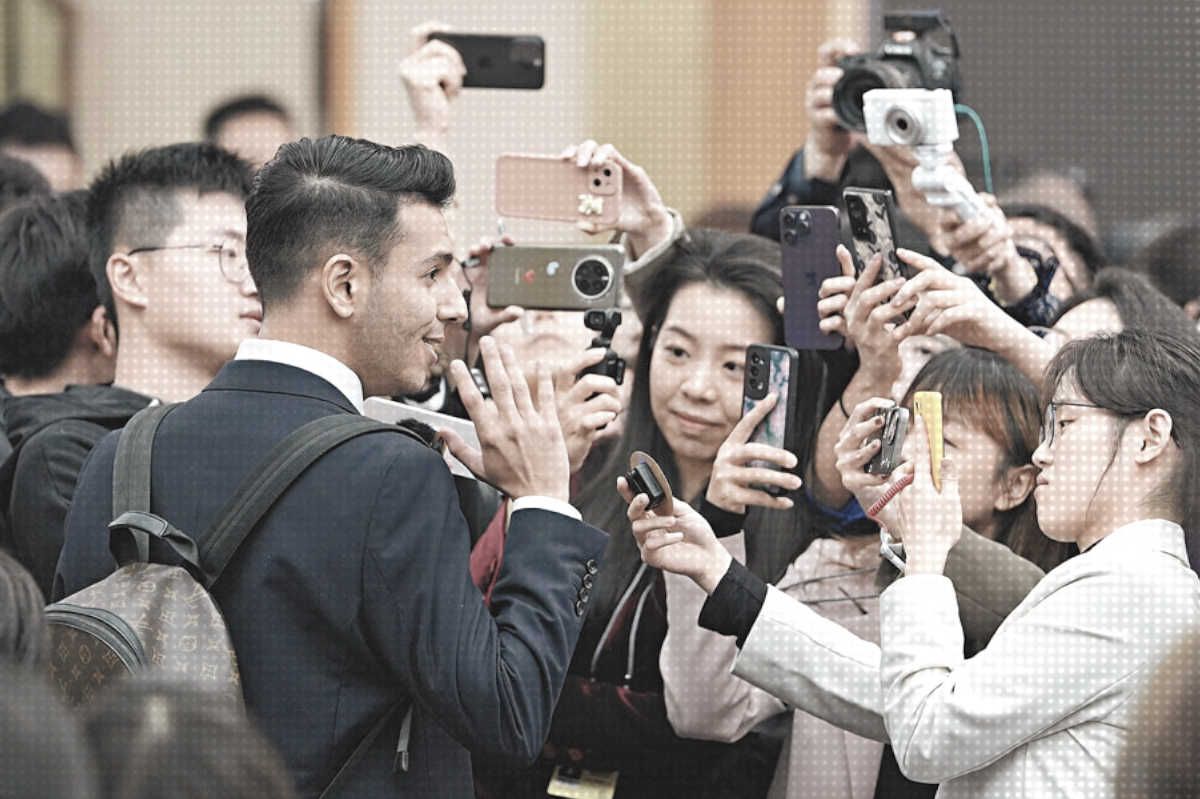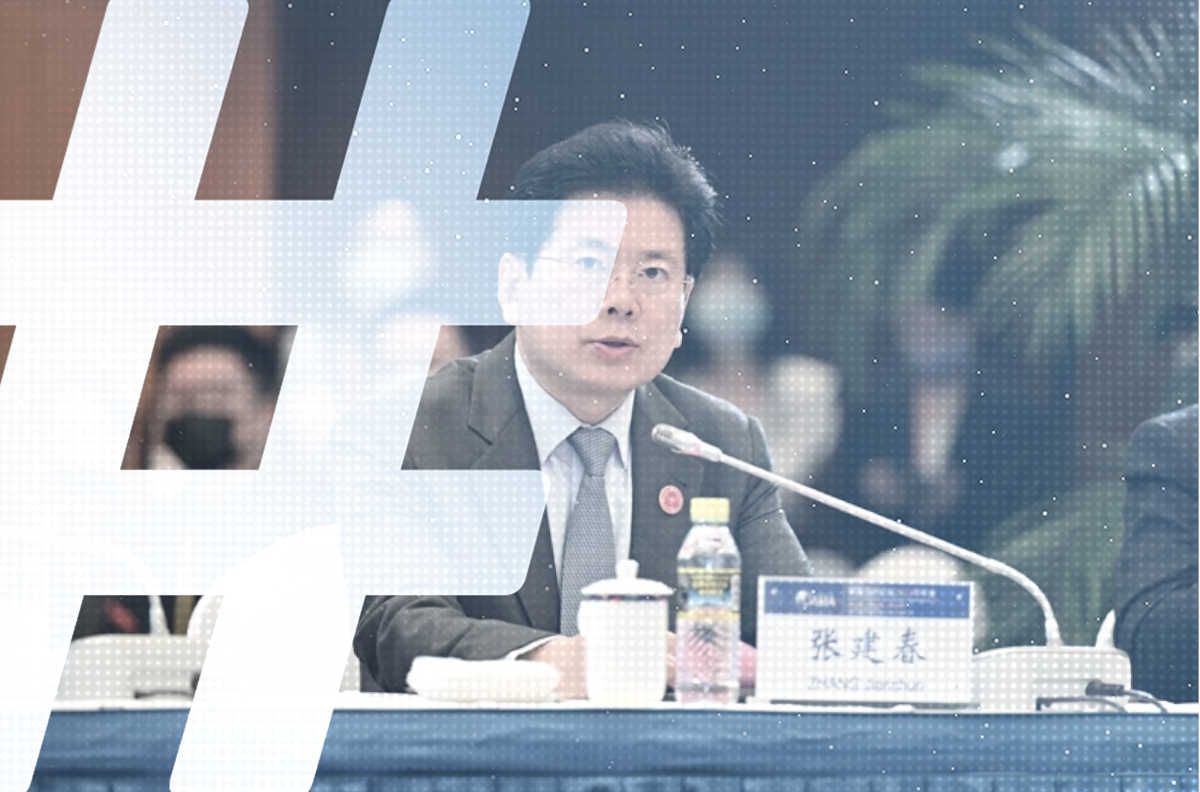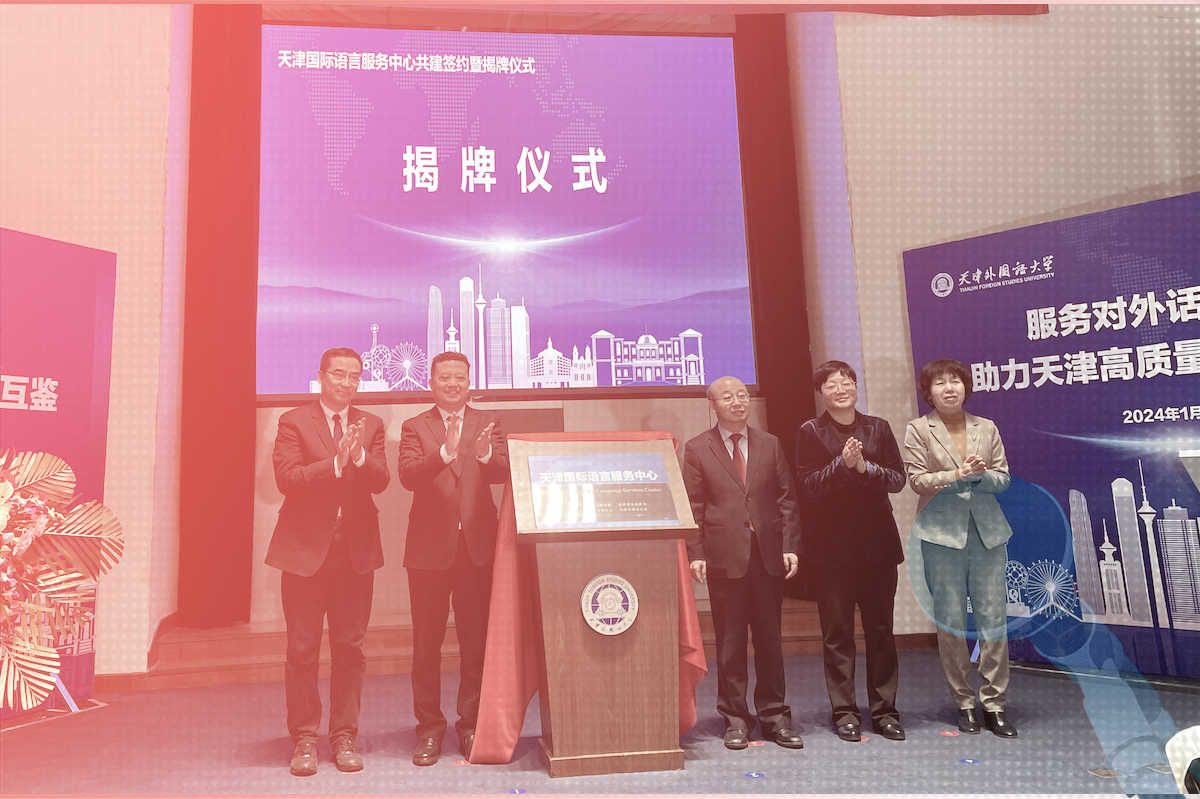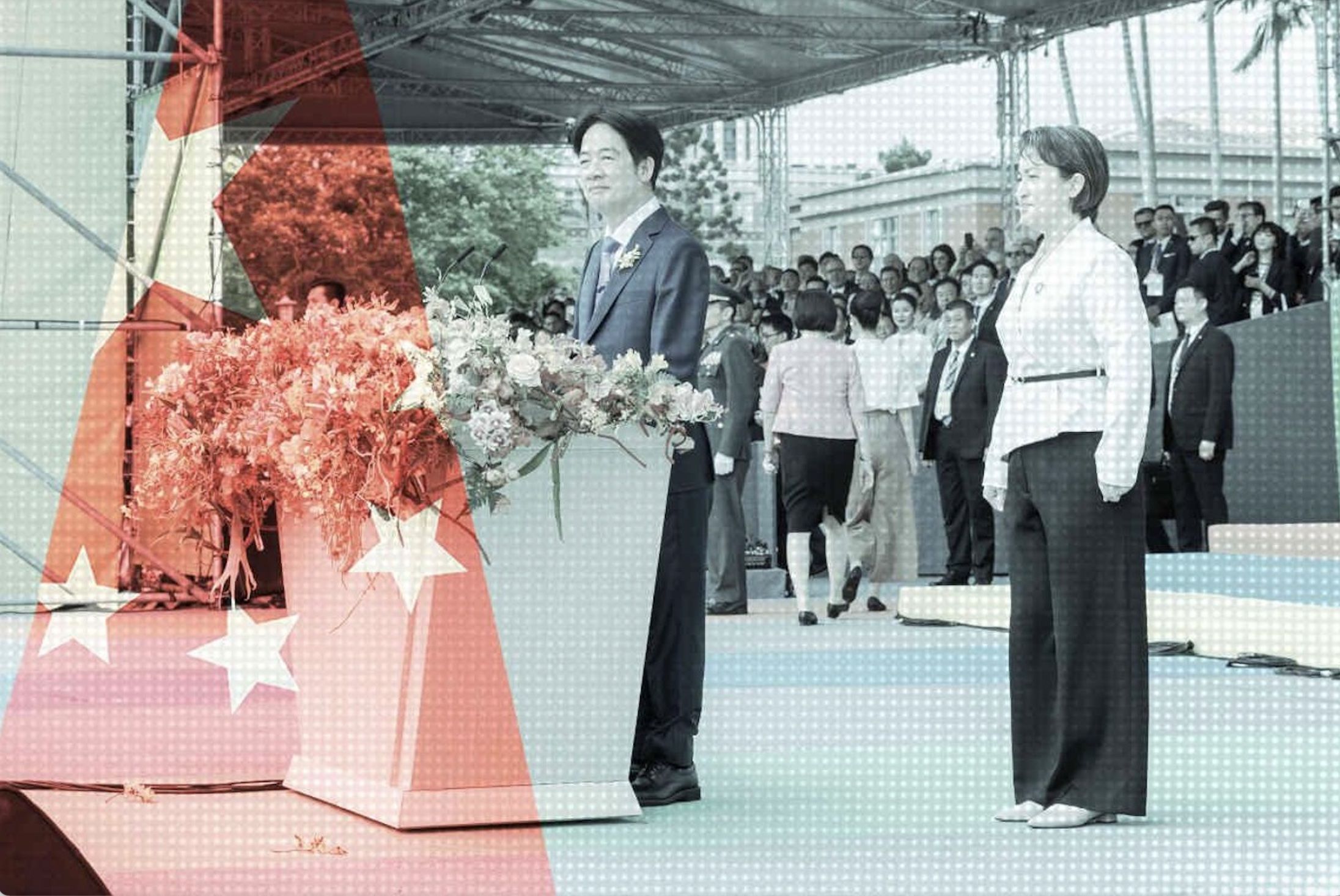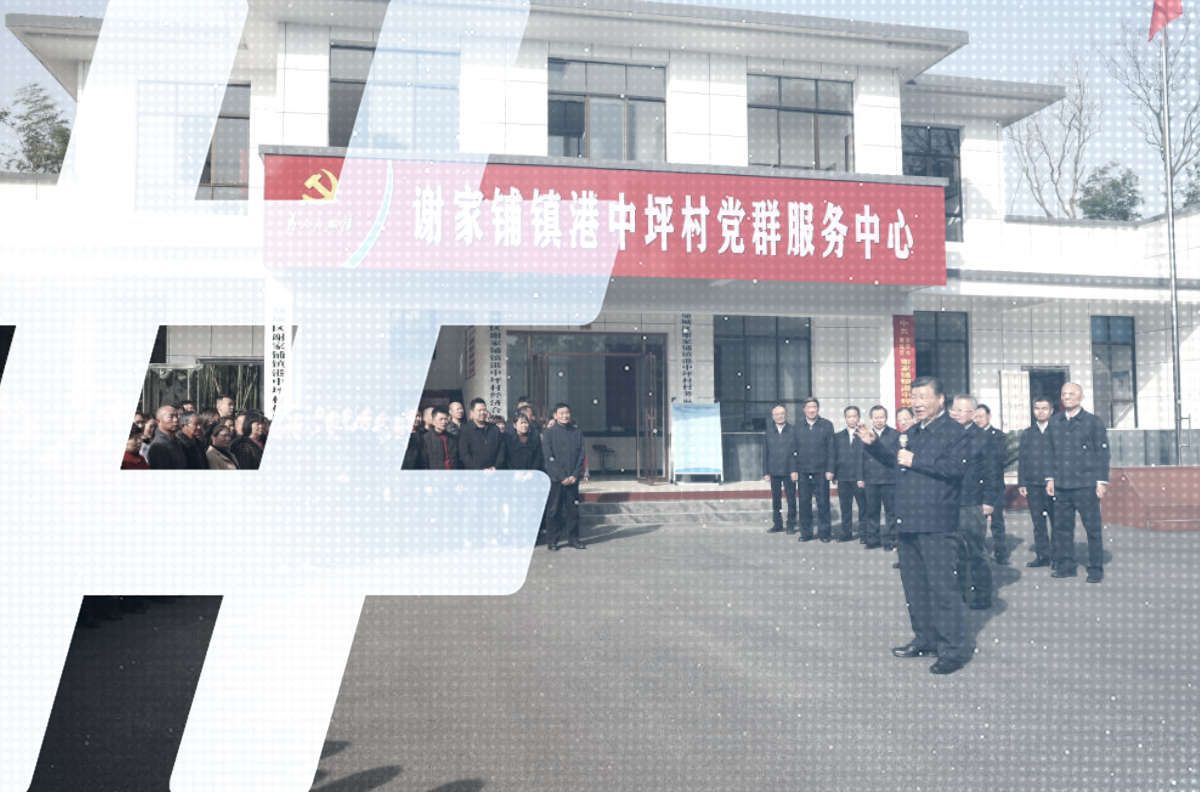
Image of Kuala Lumpur, by Rolling Okie, available at Flickr.com under CC license.
Last week, the Star Media Group (SMG), one of Malaysia’s largest integrated media conglomerates, announced a partnership with China’s Contemporary World magazine, an outlet directly under the Central Committee of the Chinese Communist Party. In a press release on the cooperation that made no mention of the magazine’s government ties, SMG said that “both media companies agreed to collaborate on news sources and explore further cooperation opportunities.”
The tie-up is just the latest example of China’s determined push to enhance its influence across Southeast Asia through media diplomacy, partnerships, journalism outreach programs, and state-led external propaganda initiatives — in many cases without any public transparency whatsoever about the Chinese entities involved.
SMG’s Chan Seng Fatt (陳成發), who stepped into the CEO spot at the group only last month, called the partnership a “golden opportunity” to bridge divides between China and Southeast Asia through what he called “concerted media collaboration.” He also hinted at the complexities in a region where views of China remain mixed. “In the context of China’s efforts in Southeast Asia, we see challenges and opportunities,” he said. “Language barriers, cultural misunderstandings and differing political landscapes pose significant challenges.”
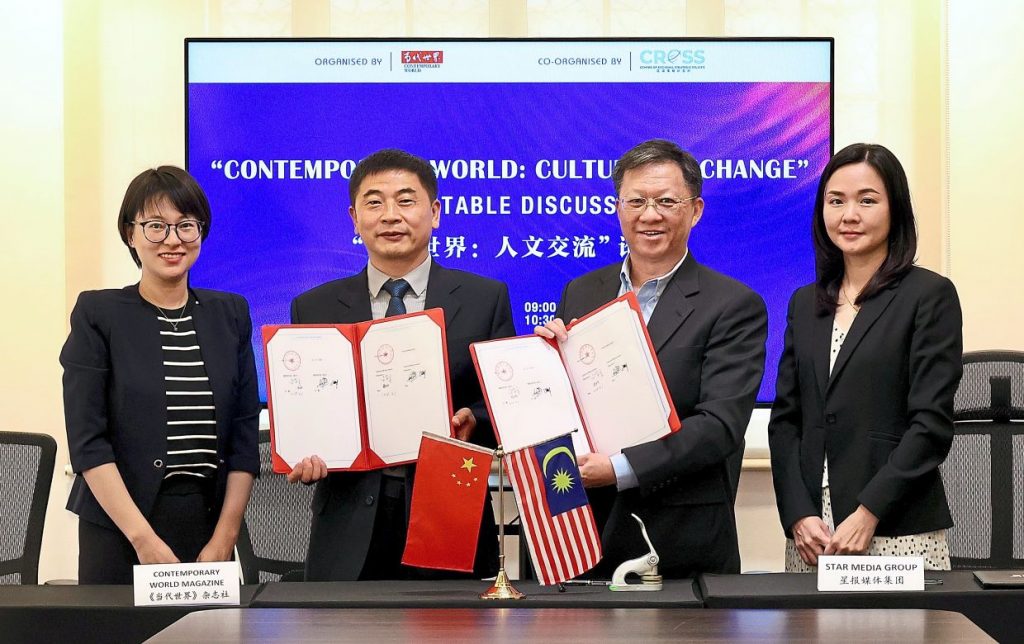
While the event was about cooperation between two media companies, including one of Malaysia’s largest listed media groups, the diplomatic role of the partnership — and its larger framing around China’s official state discourse on information — was the elephant in the room.
For China, media diplomacy is a crucial vehicle through which to influence public perceptions abroad and lay the groundwork for productive bilateral friendships — a goal distinct from the core media business of informing audiences. Betraying this primary interest in his speech to the event in Kuala Lumpur, Contemporary World (当代世界) editor-in-chief Lu Xuejun (吕学军) emphasized Xi Jinping’s meeting last year with Malaysia’s prime minister, suggesting to his audience that the goal of the media was to “implement the consensus advocated by our leaders.”
That consensus focused on the need, highlighted by Chan in his remarks, to amplify the voices of developing nations in the international community. “The need to enhance the representation and the voice of Global South countries has never been more critical,” said the CEO.
This position perfectly dovetails with China’s official stance under Xi Jinping, who has argued that China suffers from a deficit of soft power on the world stage, and therefore must work to “tell China’s story well.” Despite its apparent fore-fronting of Chinese narratives, which might seem to empower individual Chinese voices, Xi’s notion of China’s story is more singular than pluralistic — emphasizing the need for state control, and happening against the backdrop of increased domestic repression.
Know Your Partner
Who exactly is Contemporary World, the magazine SMG has partnered with?
Launched in 1981, the magazine is operated by the International Liaison Department (ILD) of the CCP’s Central Committee (中共中央对外联络), the agency responsible for maintaining relations with foreign organizations and political parties, a key aspect of what the Party calls “united front work.” The ILD’s importance as a tool of China’s foreign policy has grown over the past decade under Xi Jinping.
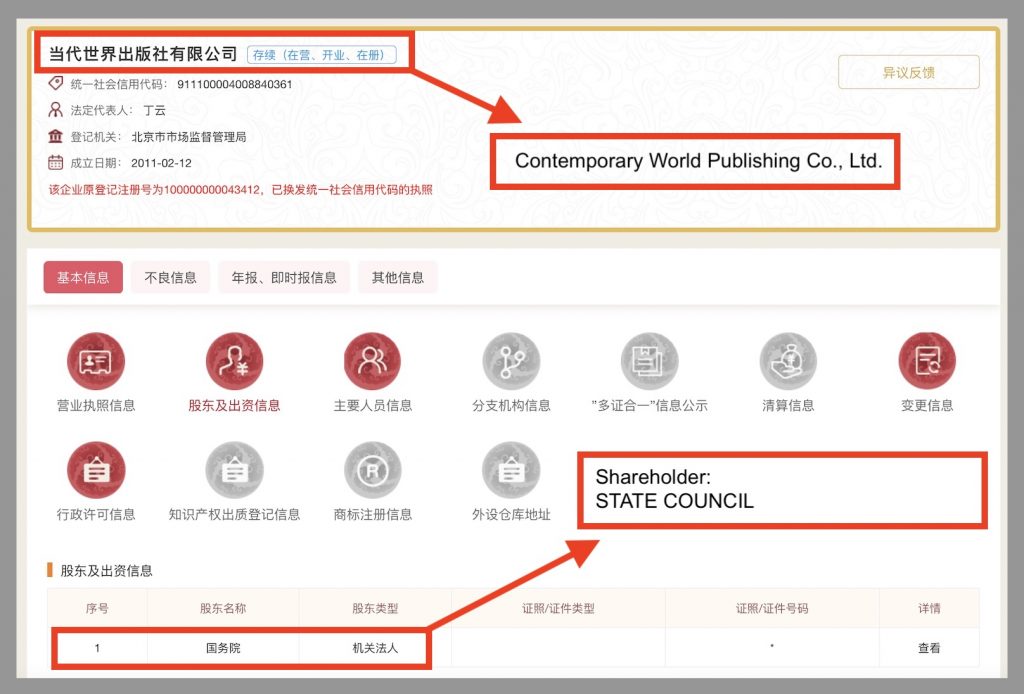
In its coverage of the new SMG cooperation, The Star, an online outlet under the Malaysian media group, refers to Contemporary World only as a magazine, and as a “media company.” Inside China, however, the role of Contemporary World as an instrument of Chinese foreign policy is completely unambiguous. The publication’s chief role of late is to propagate the notion of “Xi Jinping Thought on Diplomacy” (习近平外交思想).
If SMG’s cooperation agreement was indeed signed with the publishing company immediately behind Contemporary World, its contract partner would be Contemporary World Publishing Co., Ltd. Business reporters at The Star might start by pulling the company’s registration records in Beijing. They will quickly find that the company has but one shareholder — China’s State Council.





